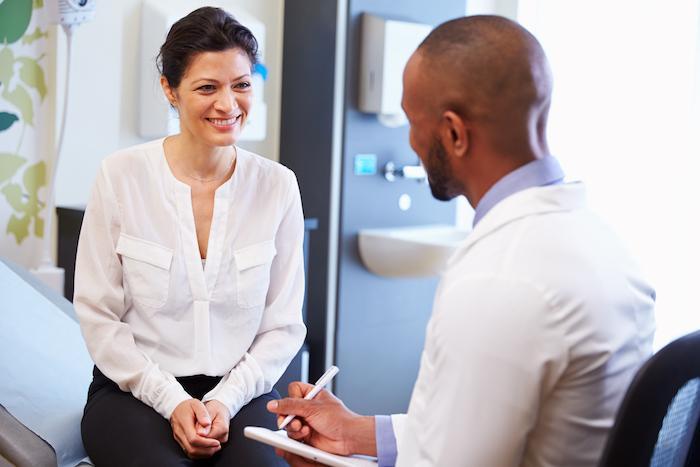The Natural Solution: Top Benefits of Orthobiologic Treatments
Pain and reduced physical function can happen for a variety of reasons, from acute injuries to age-related deterioration or surgery. But no matter what’s behind the discomfort and dysfunction, most people can agree they just want to feel 100% again — fast.
Orthobiologic treatments work to provide that solution by using the body’s natural ability to heal. This remarkable approach offers numerous therapeutic benefits, whether you have a sports injury, fracture, or chronic condition like osteoarthritis.
Dr. Jared Tadje offers orthobiologic therapies at Tadje Orthopaedics in Meridian, Idaho. If you have a musculoskeletal condition, here are a few benefits that come with this novel treatment.
Treatment at the Source
Orthobiologic treatment involves therapeutic injections directly in the area where you have symptoms — for example, into an injured tendon or joint.
What sets this type of treatment apart from other targeted injections is the substance it contains — mainly healing elements in your body, like platelets found in your blood or stem cells in bone marrow and adipose (fat) tissue. These naturally occurring substances play a crucial role in the healing process.
When used for therapeutic purposes, like orthobiologic treatment, these substances trigger the healing process so healthy new cells return to the area and heal your body instead of masking your symptoms.
Restored Function and Health
Since orthobiologics activate and support the healing process, these therapies not only relieve pain and inflammation, but they restore health and function to the treatment site. That makes it a valuable and highly effective option for numerous conditions, such as:
-
Arthritis
-
Inflammation
-
Muscle tears and strains
-
Overuse and sports injuries, including tendinitis
-
Fractures
Dr. Tadje also uses orthobiologics in some surgeries to support the postoperative healing and recovery process.
Few Risks and Complications
Another appealing benefit of orthobiologics is that they come with few risks and complications because they come from substances found in your body rather than risky medications.
In most cases, you can expect minor tenderness and discomfort at the injection site. These symptoms indicate the healing process is underway, and you can expect them to fade as healthy new cells return to the site.
Because orthobiologics involve healing the site, it can take days, weeks, or a month to see the maximum benefits of the injection.
Treatments are Straightforward
On top of all the benefits orthobiologics offers, we can offer these treatments at a straightforward office visit that involves three steps.
-
Harvesting Your Cells: First, we extract the healing substances from your body, either from your blood, adipose tissue, or hip bone. If you prefer, we can also use purchased orthobiologic treatments.
-
Preparing Your Sample: After harvesting your cells, we concentrate them into a therapeutic injection.
-
Administering Your Treatment: Finally, Dr. Tadje injects your orthobiologic therapy directly into the site of your pain. Depending on the location, we might apply local anesthetics or numbing agents to ensure you remain comfortable.
Once you complete your treatment, you can go home and may be able to resume regular activity. For the best results, we might recommend a series of orthobiologic injections.
Are you ready to see the benefits of orthobiologics for yourself? Call us at Tadje Orthopaedics to schedule a visit with Dr. Tadje today at 208-515-2654.

